Yes, we CAN grow acid-loving Azaleas in Central Texas! It does take some preparation and TLC, but the rewards are tremendous. Most of the Azaleas available today are “repeat bloomers” that will put on a stunning show in the spring, scattered blooms throughout the summer and a re-bloom in the fall.
Azaleas will do well in north or east exposures in Central Texas, where they are protected from the harsh afternoon sun. Dappled sun under trees with an hour or two of morning sun is also acceptable. Avoid more than four hours of morning sun, and preferably NO afternoon sun.
Soil will need to be amended to grow Azaleas in Central Texas. Since the majority of our soils are alkaline, it will be necessary to lower the pH of the soil by adding pine bark, peat moss and sulfur. This can be accomplished by layering 3” of pine bark, 3” of peat moss and 2 pounds of sulfur per 100 square feet on top of the soil in your bed and tilling to a depth of at least 10”-12”.
Azaleas must have good drainage. If the soil is a heavy clay or does not drain well, build a bed at least 15 inches high and fill with a good landscape mix combined with 1/3 pine bark and 1/3 peat moss. Top-dress the bed with sulfur at the rate of 2 pounds per 100 square feet and till into the soil mix.
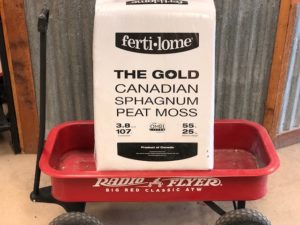

Take care in removing the Azalea from the nursery pot. Place your hand on top of the soil in the pot and turn the pot upside down. Gentle shake the plant out of the pot. If it does not come out easily, do not pull on the stem. Holding the pot upside down, gently tap the edge of the pot on the edge of a flat surface and the root ball should loosen.
Handle the plant by the root ball only. Do not use the stem as a “handle”, or the roots will break.
In the planting bed, set the plant in the hole with the top of the root ball slightly raised. Fill in around the plant with your soil/peat/pine bark mix and top with pine bark mulch, keeping the bark away from the stem of the plant. Water the plant and the surrounding soil well right after planting. Do not allow the soil to dry completely, as it will be difficult to re-wet. Peat moss has “lignins” that repel water until it completely saturated, and it can take a lot of water to re-wet the soil. Allowing the new plant to dry out just one time during establishment will result in brown or dead plants.

Azaleas may also be grown successfully in pots in Central Texas. The same light conditions apply as described above. The pot must have a drainage hole, and if it is to be set on top of soil, use a block or bricks to keep the bottom of the pot from contacting the soil. Occasionally, drainage holes in pots clog when the pot is set directly on the soil, then the pot then fills up with water and the roots rot.
In the bottom of the pot, I put a small piece of window screen over the drainage hole to keep insects out and the soil in. You can also use a piece of a coffee filter or a clay pot shard, making sure it is cupped “over” the drainage hole. Do not use gravel at the bottom of the pot, as it will shorten the “drainage column” and makes the pot drain poorly.
For pots we always use a good quality potting soil, such as Happy Frog potting soil, and mix it 50/50 with peat moss.
Fill the pot with enough soil to bring the soil line of the plant to about 1 ½” to 2” below the rim of the pot. The soil will settle, but the goal is to have a “lip” between the top of the soil and the top of the pot to fill with water several times each time you water. This way the plant’s root system will receive even moisture.
Fill the top of the pot SEVERAL times with water each time you water. Let it drain freely and never let the pot sit in a saucer of water. Do not allow the soil/peat moss mix to dry completely or it will be difficult to re-wet.
Fertilize with Happy Frog for Acid Loving Plants once a month from March to June.
Prune only in the spring immediately after the spring bloom if necessary, as flower buds will form shortly after spring bloom.
With a little TLC, you can have beautiful blooms in a semi-shady yard spring through fall.

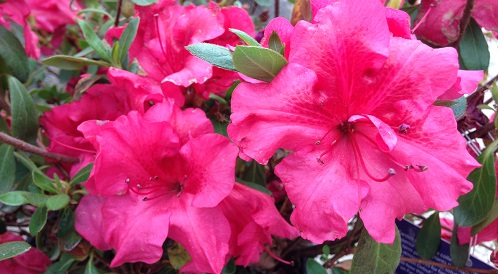

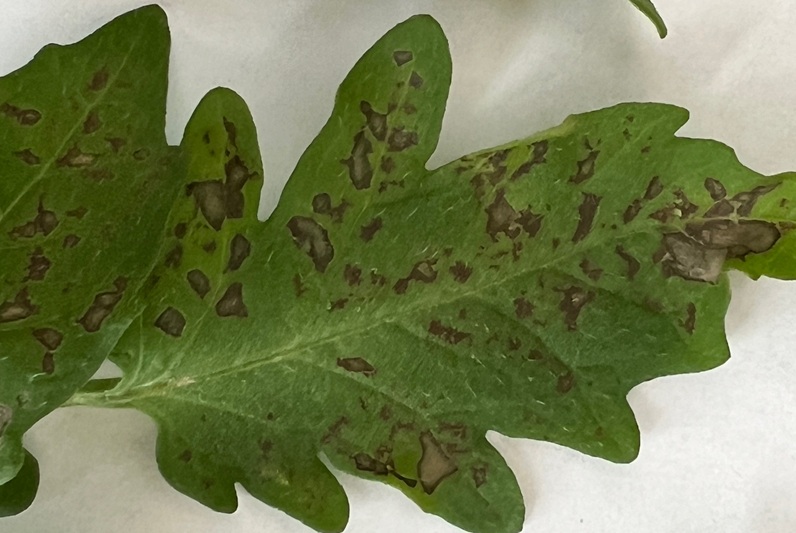
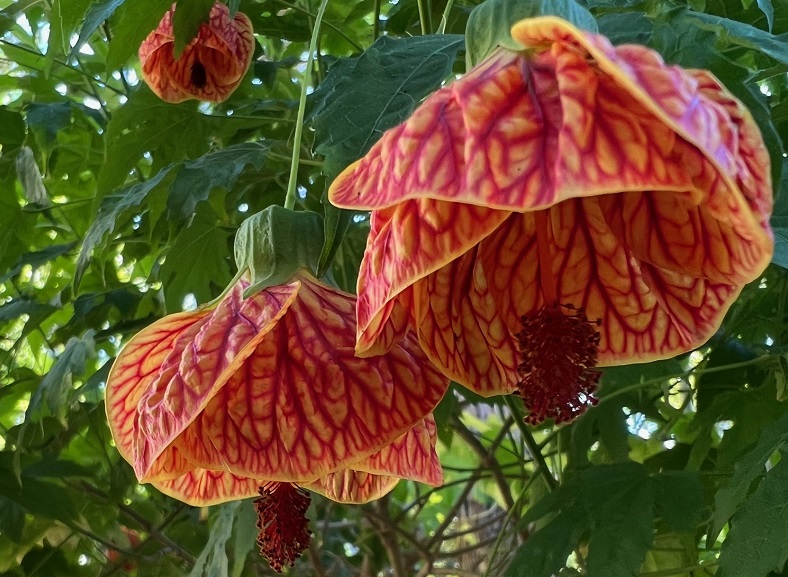
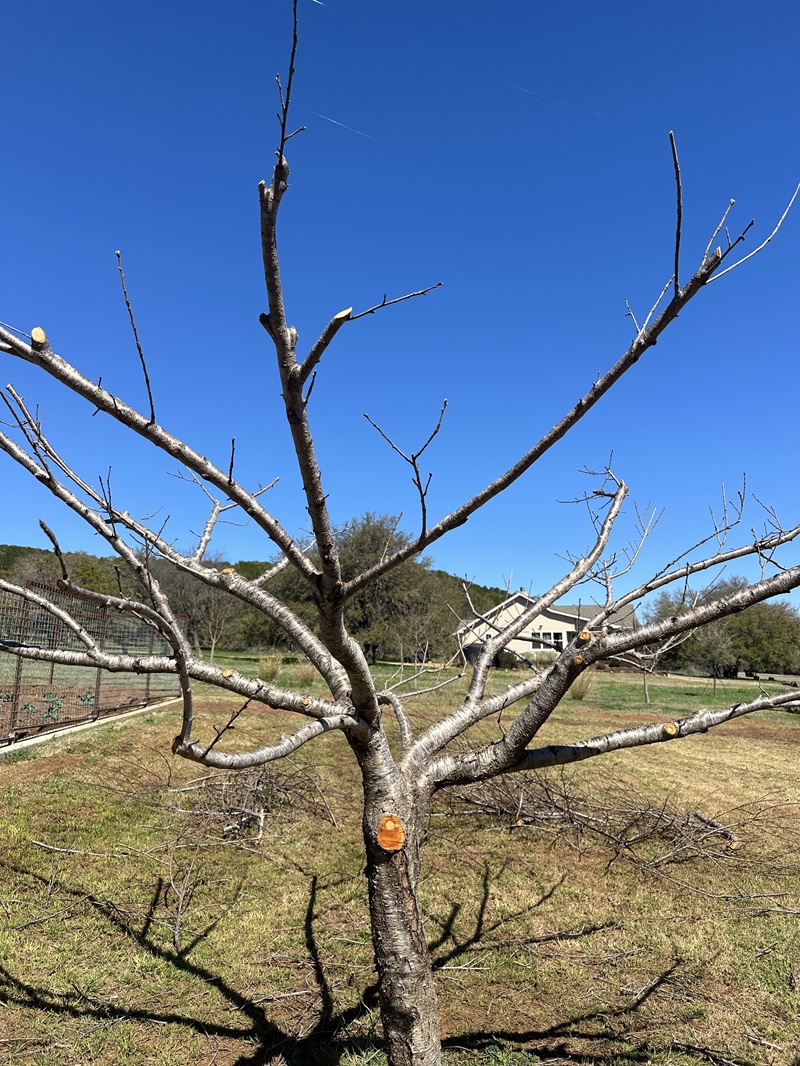
Leave A Comment